The latest craze on social media (mostly TikTok) is all about ‘finding your colours’.
Face after face surrounded by a shifting wheel of colour. A ‘filter’ applied to your face to determine the colours that suit your skin tone so you can make better choices when buying clothes.
Of course, this isn’t unfamiliar to me. After all, I trained as a colour and style consultant with Colour me Beautiful over 10 years ago. Colour analysis consultations are my most popular service.
In fact, it’s what brought Ysabelle and her mum to join me for a joint colour analysis consultation.
Ysabelle had seen the hype on Tik Tok and been fascinated by the different faces and how certain colours looked better than others. Having mentioned it to her mum, she told her that it was something she’d wished she had done herself! Her mum had a friend who had been for a colour analysis consultation in the 80s and subsequently raved about it. Flashing her colour wallet which she used to help her shop for her colours, and how fabulous she looked wearing them. Her mum regretted that she hadn’t taken the plunge and booked her own session.
Until now! Ysabelle booked for both of them to have a colour analysis consultation with me and they both learnt all about colour, what to look for and how to wear them. Admittedly, it was rather different to the spinning wheel of colour you see on Tik Tok!
So, let me explain what you need to know
Discovering the palette of colours that suits you best can put you at a major advantage to achieving a more coordinated wardrobe. Everyone can wear every colour, but not every shade of every colour will suit you the same.
When you know what’s right for you, you can make better choices and fewer mistakes shopping because you’ll know what to buy (and leave behind). It’s not quite as simple as using a ‘spinning wheel’ seen on Tik Tok! Get it wrong and you can still end up making mistakes when shopping.
Colour Analysis: Different Systems
Broadly speaking, there are two methods of colour analysis – seasons and tonal. The seasons is what you’ve been seeing on social media and the wheel relates to spring, summer, autumn and winter. A seasonal colour analysis focuses primarily on your skin tone believing that your undertone stays the same for the rest of your life and is irrespective of hair colour changes.
With a tonal colour analysis, the focus is on all of your physical features; your hair colour, eye colour and skin tone. Taking into account all three elements allows for much more flexibility so your colours are refined to suit you. I’ve seen many clients over the years where not just the hair colour, but their skin tone has changed. I’ve written about it previously here. The tonal system is what I use in my colour analysis consultations and I believe it’s more refined and bespoke to you.
Rather than being a season, you’ll have a dominant colouring type which is one of six core types. I’ll assess this during all my colour sessions and colour parties. When you choose a full colour analysis, I’ll ‘test’ you twice more to determine your sub-dominant colouring types. This expands your palette further given there are 24 possible options under the tonal analysis system!
The beauty with this is that if your look changes (by choice or nature), we can tweak your colours to reflect the changes. You can feel confident knowing that you’ll always look your very best because you’ve learnt how to wear colour. If you do start to notice that certain colours start to look a little ’off’ then it’s probably the right time to book yourself in for a colour review.
Self Diagnosis
Like anything, there’s always a way to do-it-yourself. Just like any DIY job, you may not have the tools or experience to correctly ‘diagnose’ and get the perfect result. But, you might be happy with the outcome you’ve arrived at and feel no need to fine-tune it further with a professional.
People can see colour in different ways. There are often differences in the way the brains and eyes work together to see, perceive and make meaning of colour. Your own experience of colour and exposure to varying colours will differ too. One may see ‘fawn’ whereas another person may just see ‘brown’. ‘Teal’ could seen as ‘aqua’, ‘turquoise’, ‘blue’ or ‘green’!
Testing
However you interpret colour, it’s undeniable how influential it can be. So, if you want to see the true impact of colour, try and use fabric. It’s a much more reliable and better reflection of colour.
Use whatever you have – clothes, cushions or pillow cases! Hold the fabric up underneath your chin without any makeup and in natural daylight. Check in a mirror if your complexion is enhanced and looks fresher, or if your skin appears dull or pale.
A common mistake people make is seeing a ‘glow’ underneath their chin. A glow doesn’t necessarily mean your skin is ‘glowing’ so wear with care.
You may have read that you can check the colour of your veins to determine if you have a warmer or cooler undertone. Unfortunately, this isn’t an accurate way to determine your undertone and has more to do with how light hits the skin. The blood in your veins is red after all!
It’s always worth noting that not everyone fits neatly into just one box. So, if you’ve used the ‘spinning wheel’ or other method of self-diagnosis and have found that you don’t quite fit or that colours from different seasons both seem to look ‘ok’, a seasonal analysis may not be right for you. Consider a tonal colour analysis instead. After all, if the outcome you’re seeking is to make fewer shopping mistakes buying clothes which don’t suit you, it can be just as costly to buy things in colours which still aren’t right for you.
The only way to be 100% accurate is to seek the advice of a professional colour consultant who has trained in this field. A professional colour analysis can last up to two hours and you’ll learn not just what colours suit you but how to wear them.
Professional Colour Analysis
For many people, understanding and wearing their most flattering shades of clothes and makeup can be life changing. It may sound dramatic, but it’s something my clients tell me all the time.
When you wear ‘your’ best shades of colour, you’ll look brighter, healthier and boost your confidence and how you feel.
Under the tonal system, there are three elements to your features which means there are three elements to your colouring type. By assessing different colours against your face using my cotton fabric drapes of material, I’m assessing the undertone, depth and clarity of your individual colouring.
We’ll also go through various colour combinations, ideas and makeup suggestions. You’ll also take away a fabric swatch to use as a guide for shopping (with my colour analysis consultations). It’s not about being restrictive, rigid and prescriptive because I’m not the police (or your mother) and I want you to enjoy your journey with colour!
It is an investment. But, the knowledge you gain will save you money in the long run.

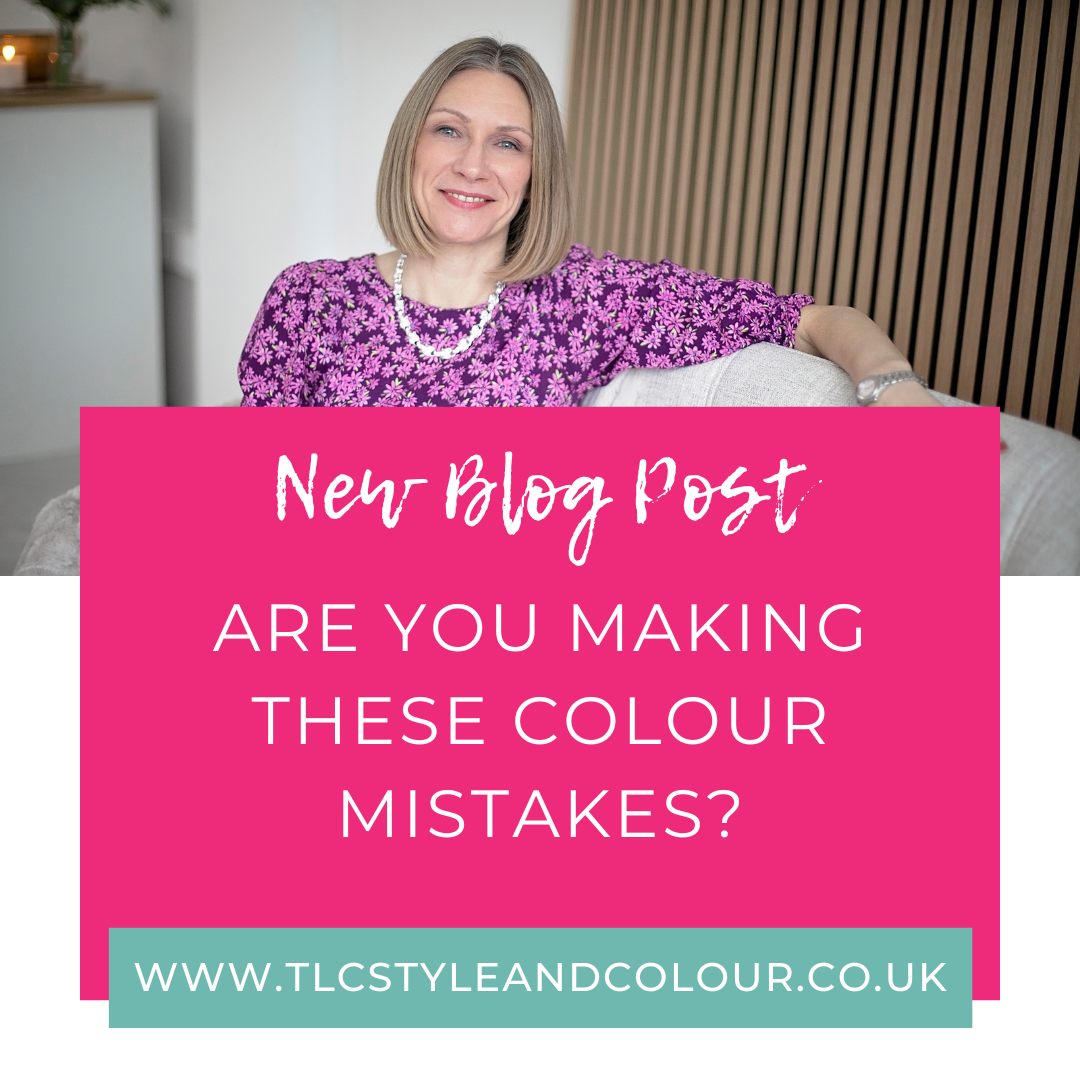
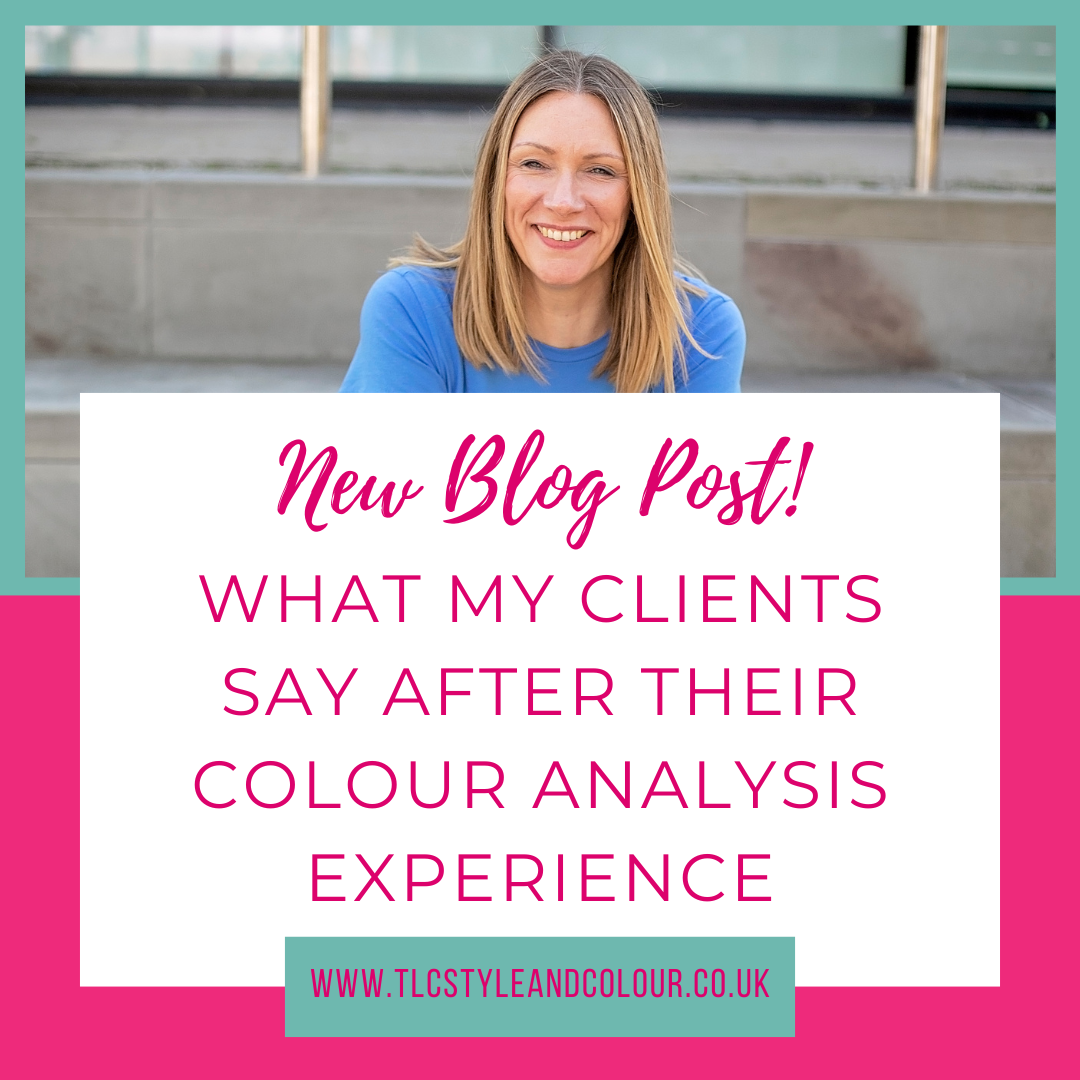
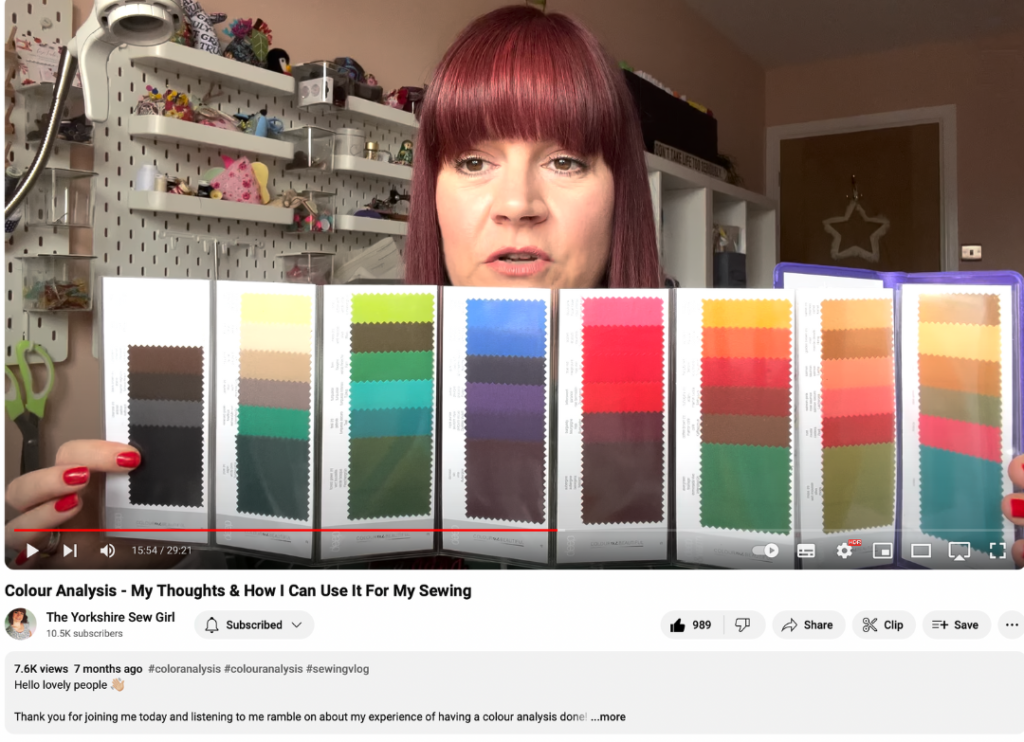
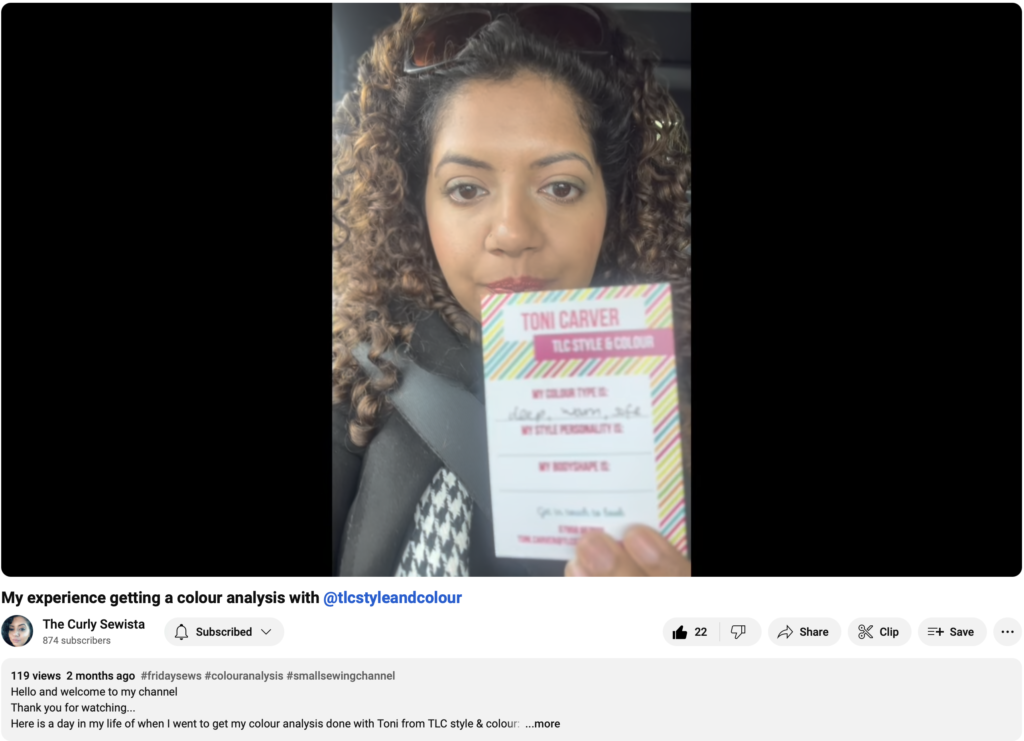
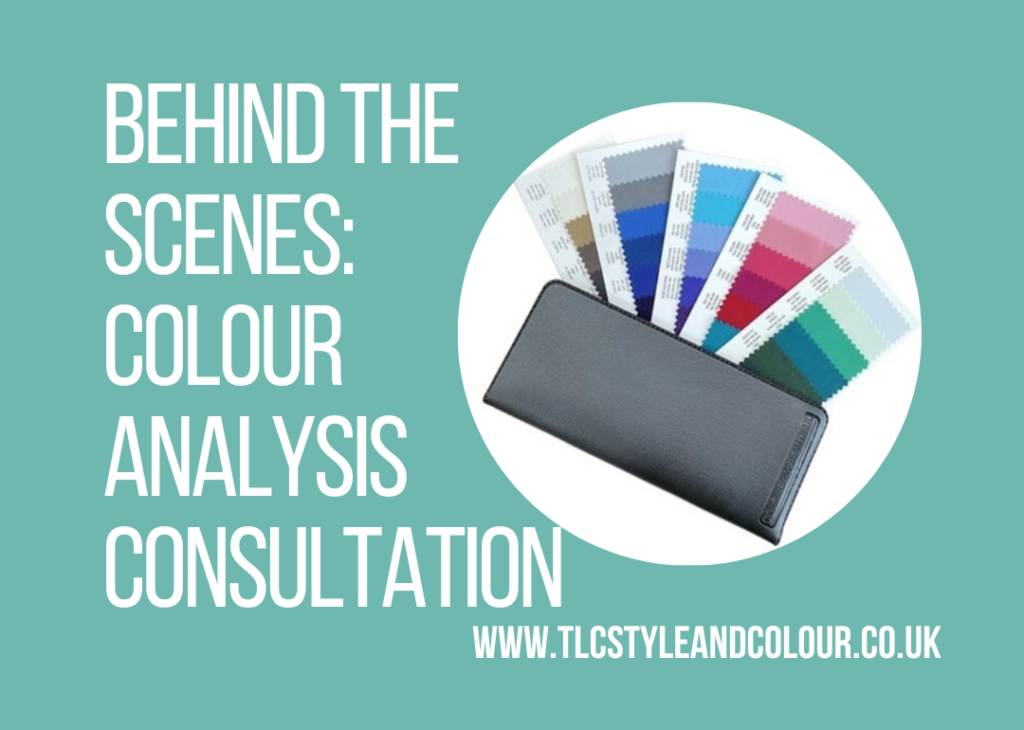
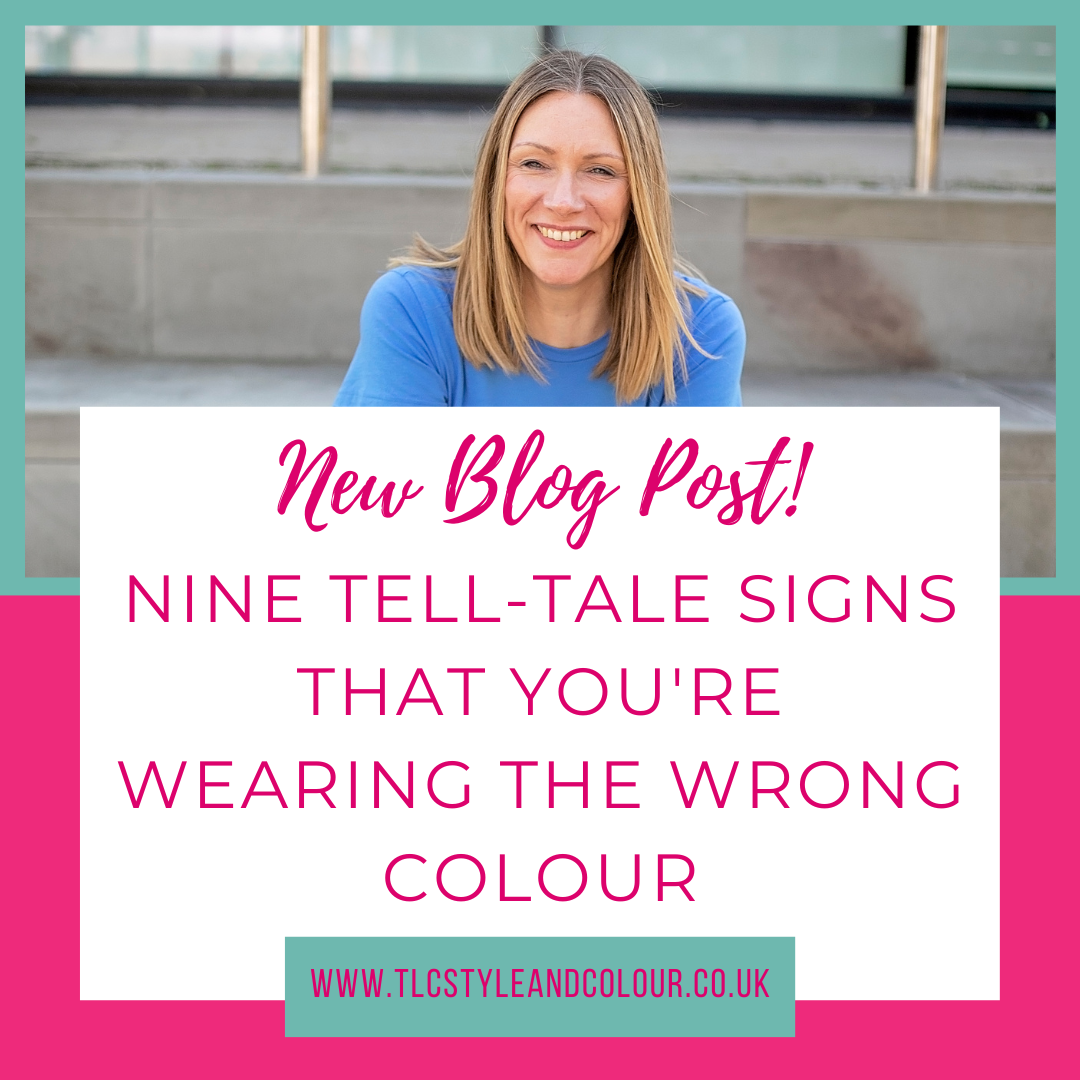
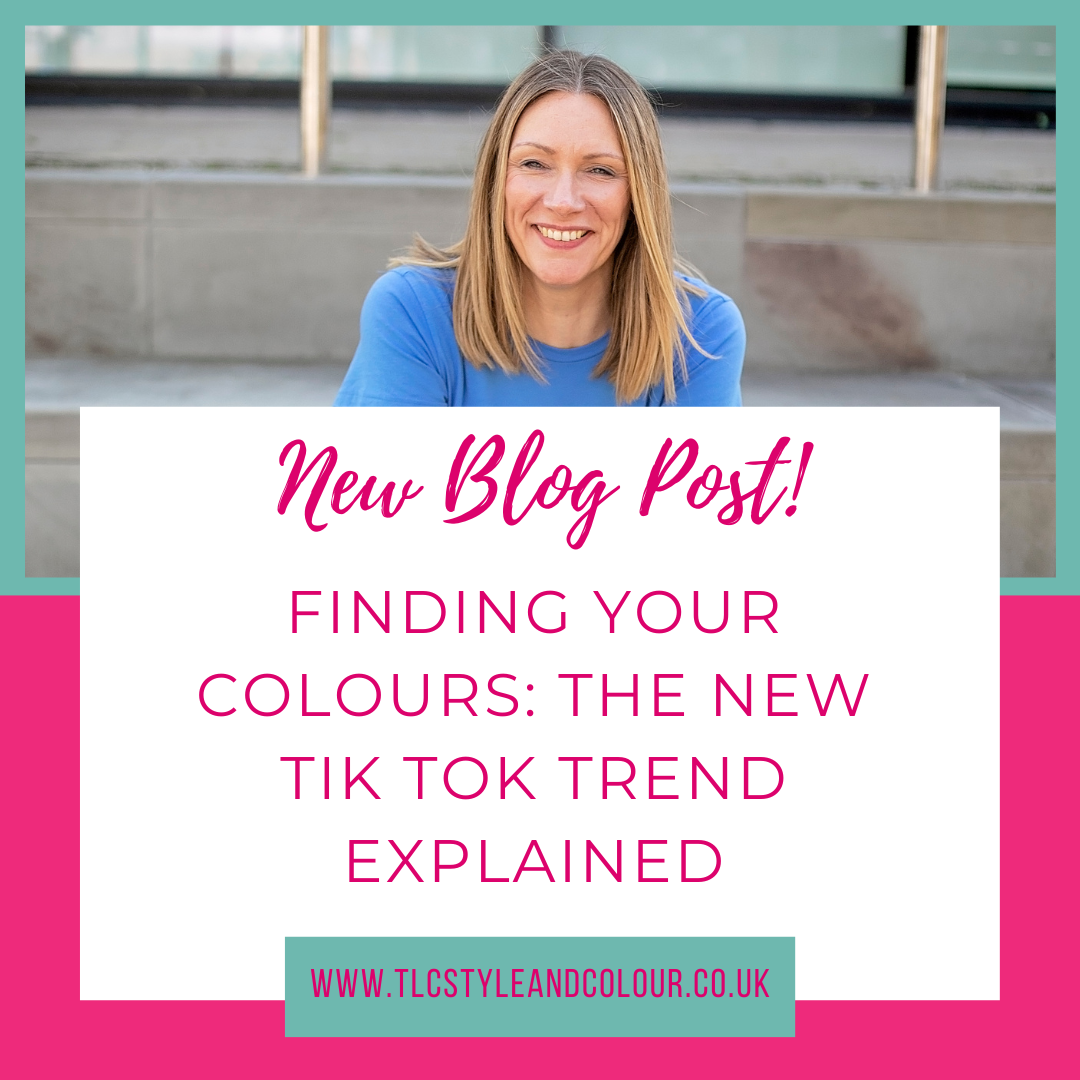
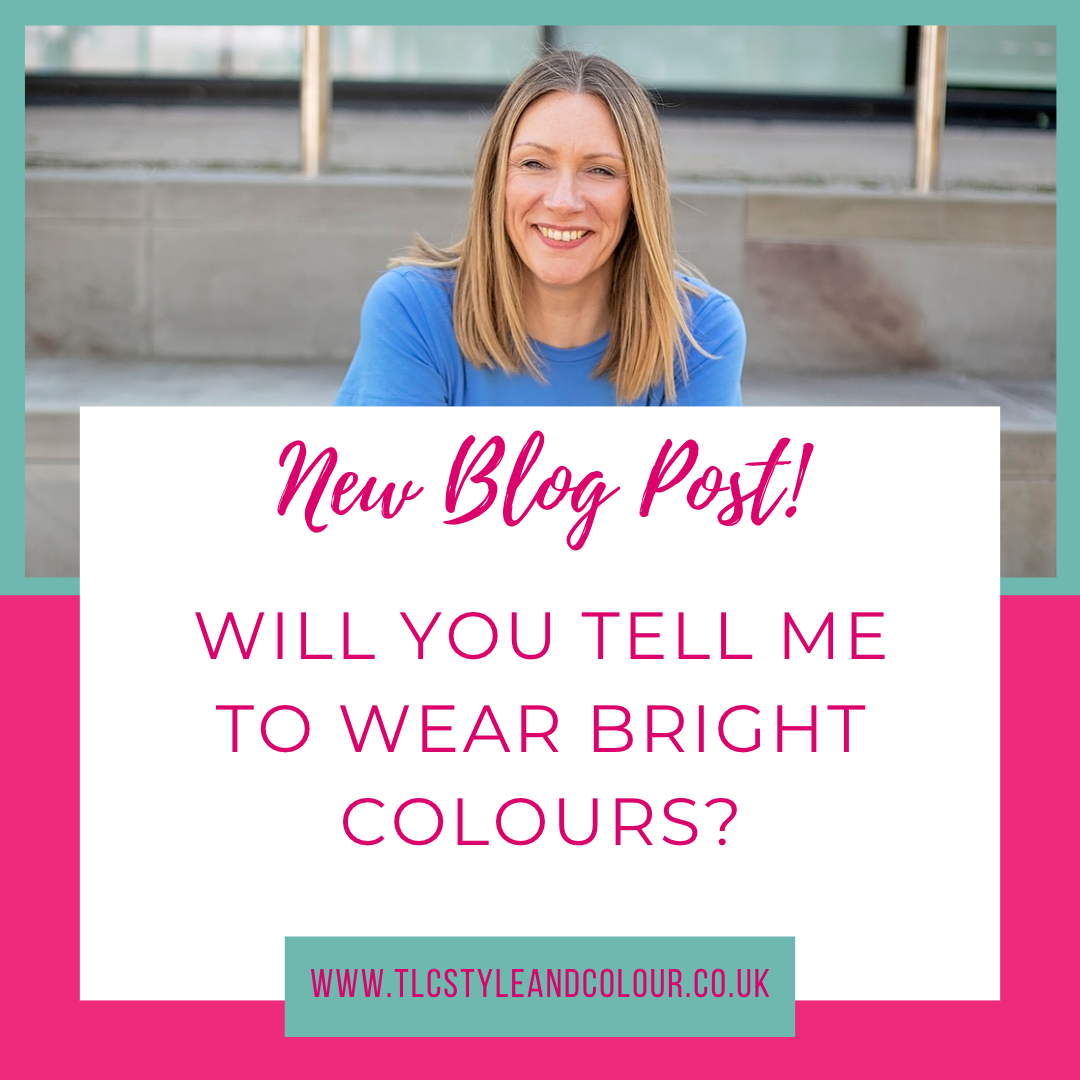
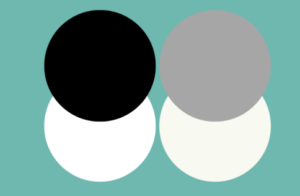
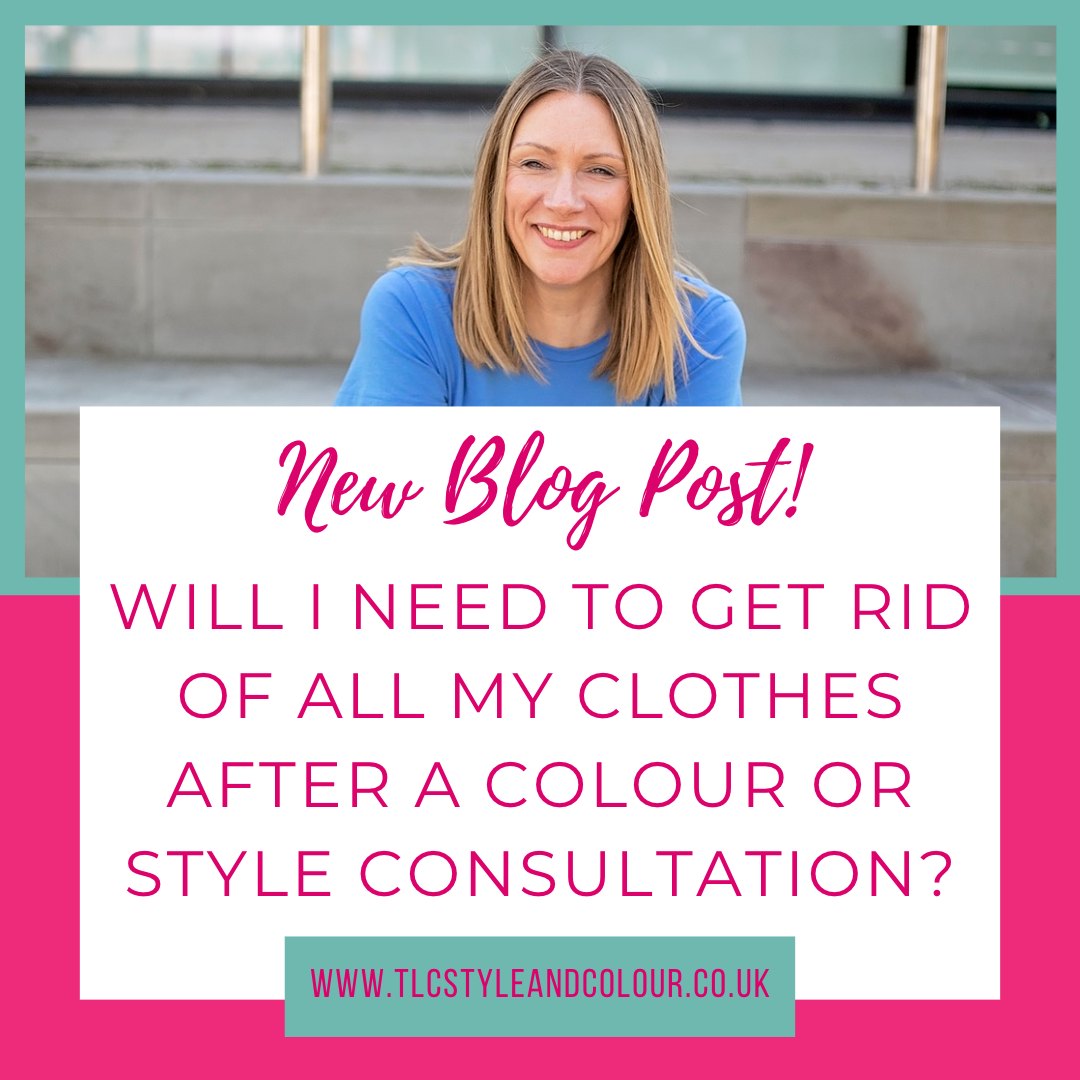
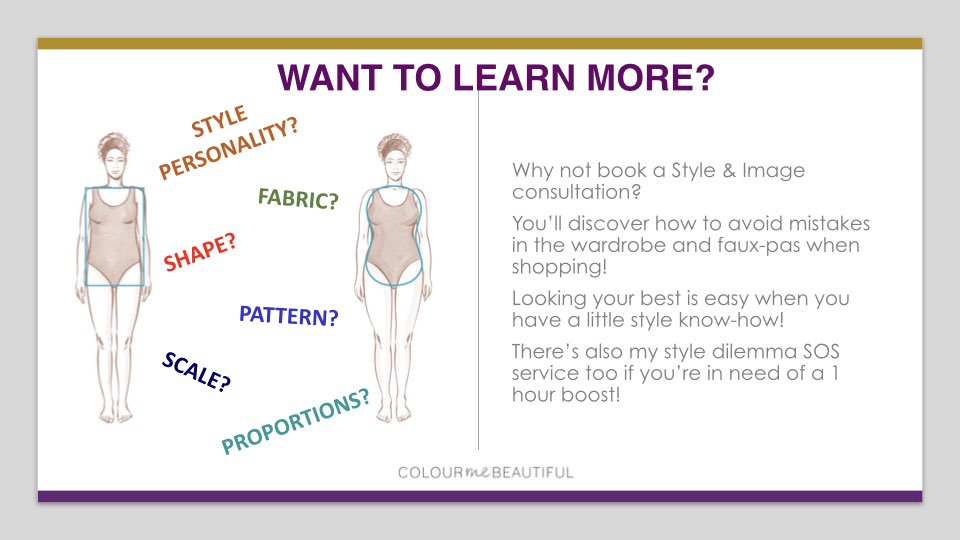
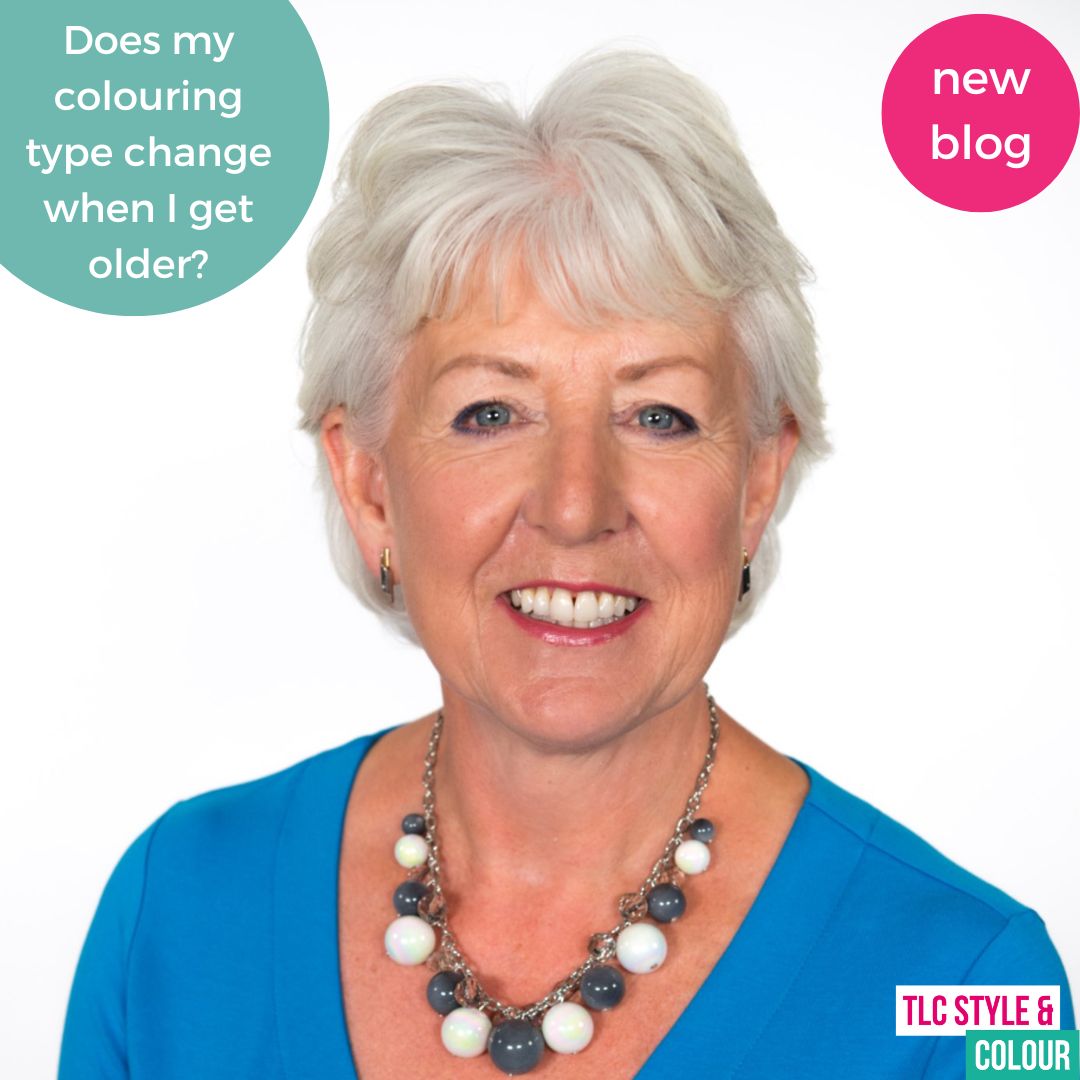
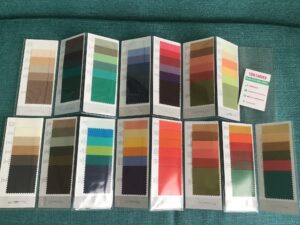
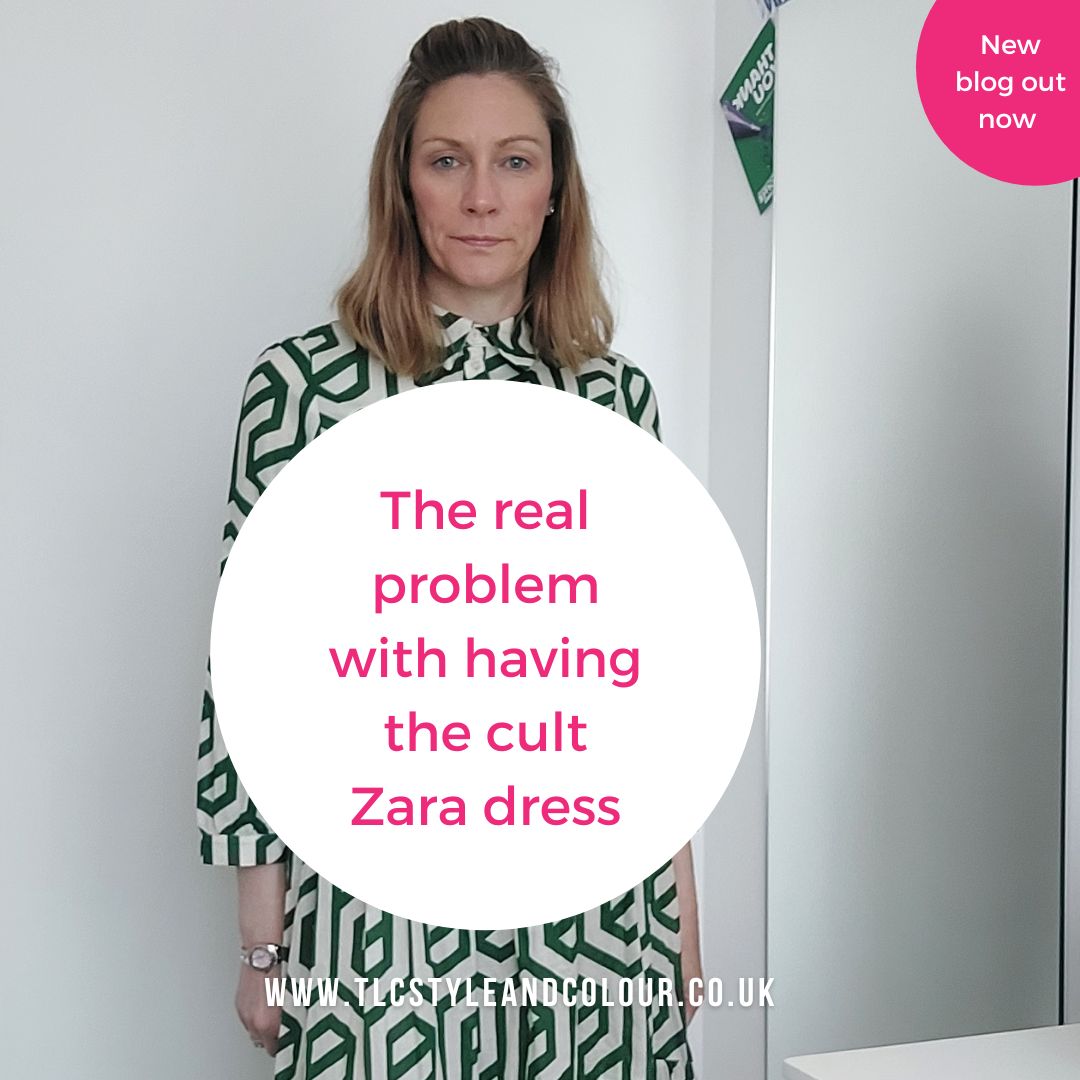
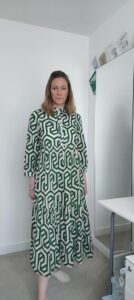
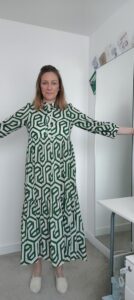
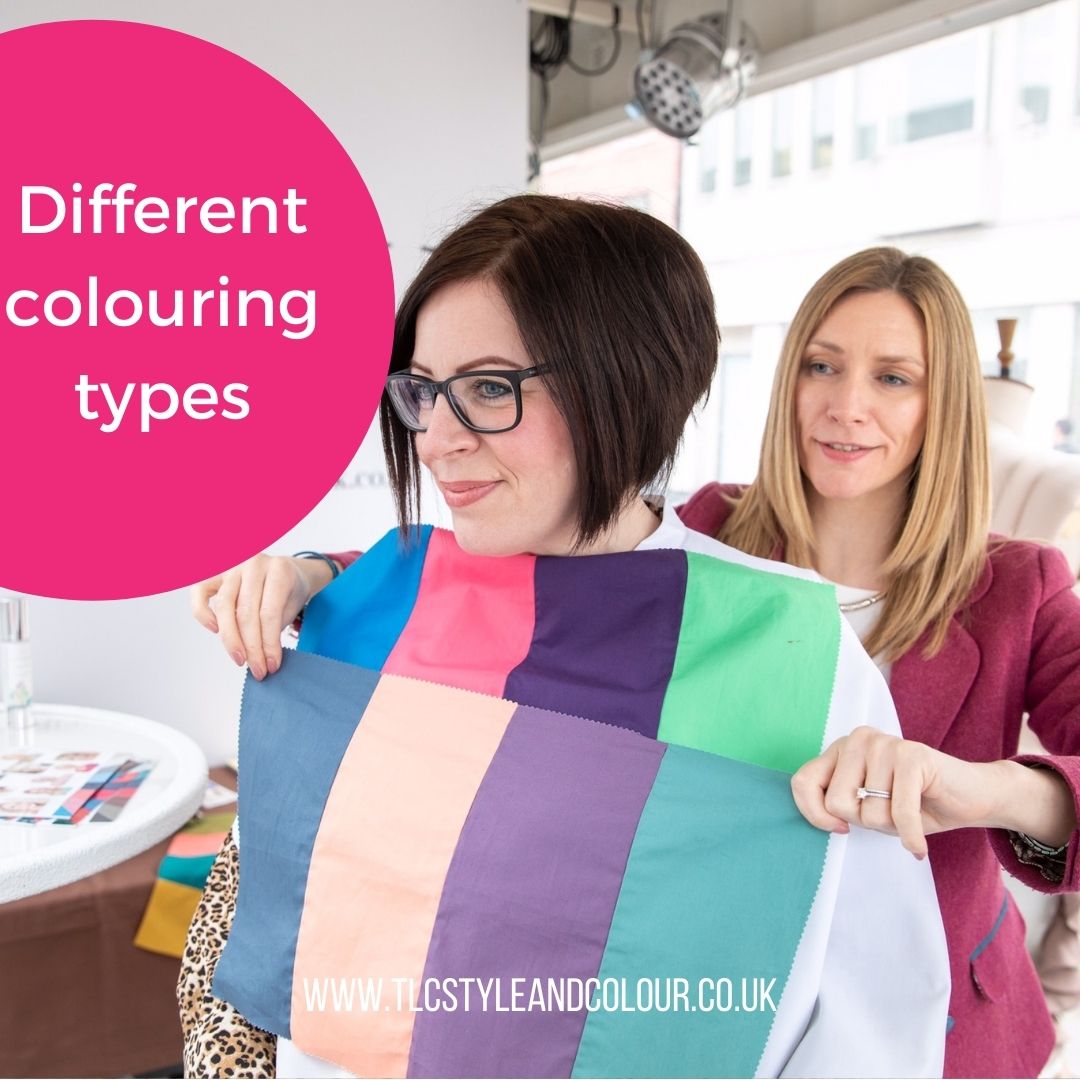
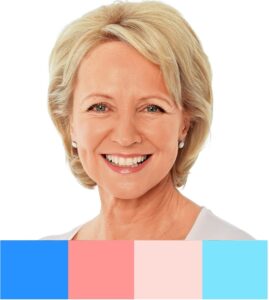
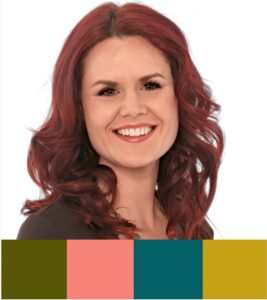

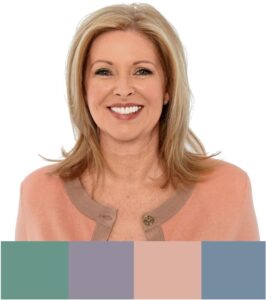
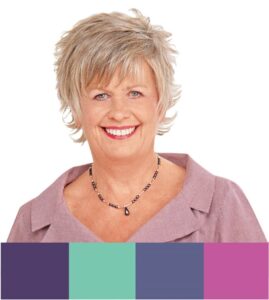
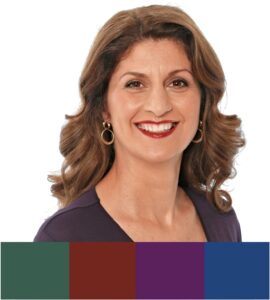
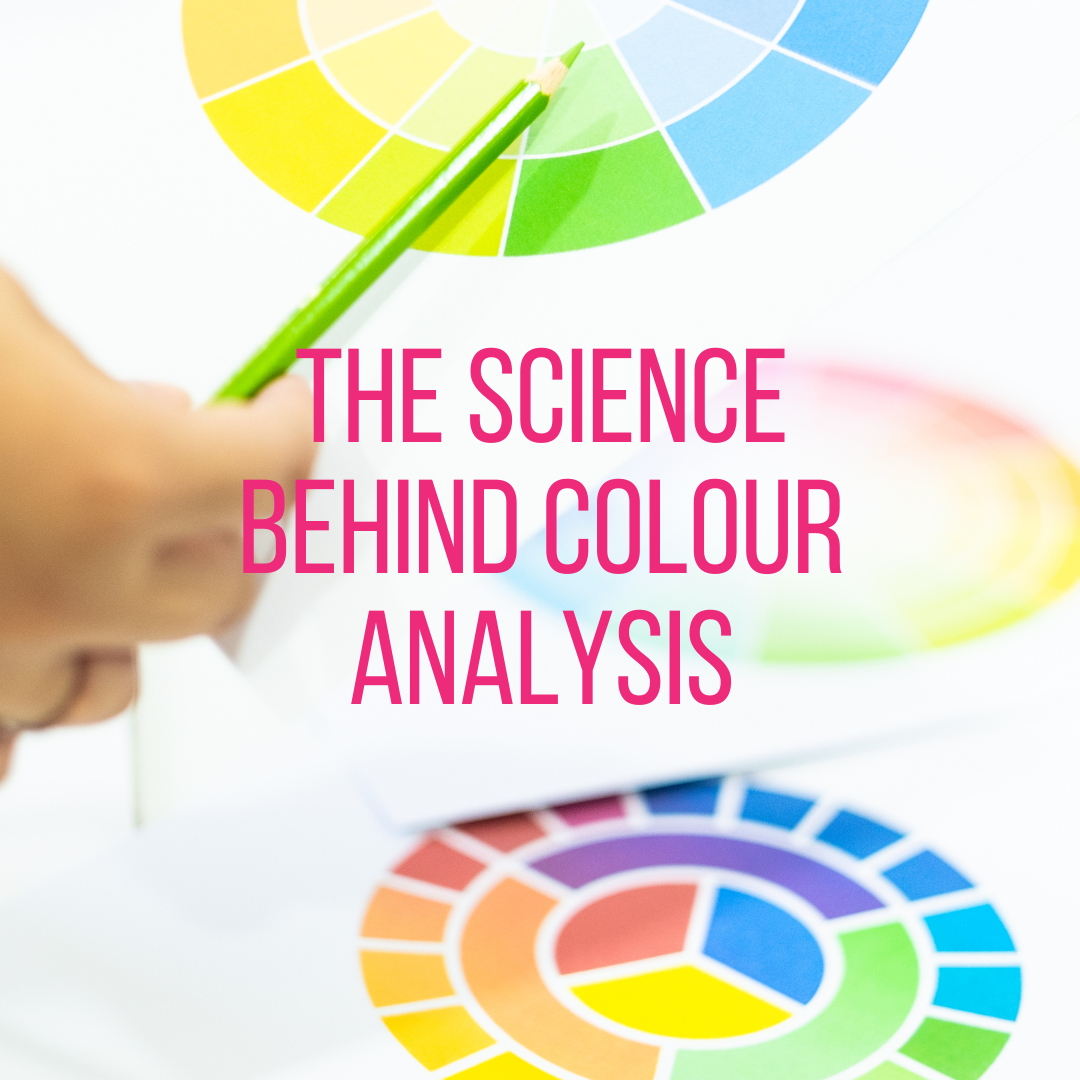
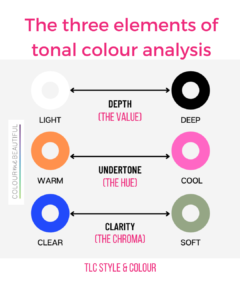 Albert Munsell was an artist and scientist who invented the Munsell System which define colours into three dimensions:
Albert Munsell was an artist and scientist who invented the Munsell System which define colours into three dimensions: